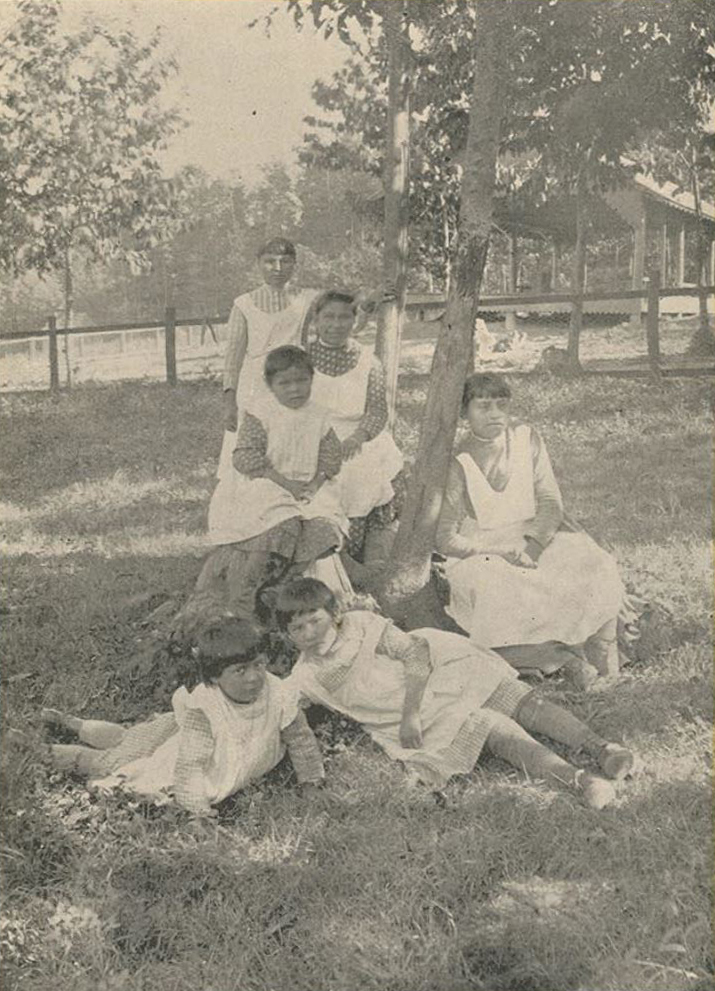 |
|
Tredyffrin Easttown Historical Society Home
: Document Collection Home
Use the links at the left to return.
|
Document Collection |
Old Eagle School RoadThird Ramble |
|
A few rods further east we come to the intersection of the old Conestoga Road, leading to the Radnor Friends’ Meeting, built in 1717 - a quaint Welsh structure that has escaped the pen of the poet or the pencil of the artist. Within sight of the old meeting-house is the Harrow or Plow and Harrow, a former Inn dating back to Revolutionary times. Returning to the turnpike the new town of Wayne, with its many cottages, is soon reached. If here we turn left and pass under the railroad bridge at the station a short drive out Radnor Street Road brings us to “Ponemah,” the Indian School, established through the efforts of Mrs. J. Bellangee Cox. The Institution, a large frame building with numerous smaller structures, is romantically situated on a hill side, from the summit of which may be had fine views in every direction.  Indian Girls at Ponemah The object of this Institution is to give the Indian children a practical education and fit them for any station in life within their sphere. They are taught the common branches of the English language, as well as sewing and cooking, to which their time is about equally divided, between study and house work. The engraving on the proceeding page of the group of Indian girls, was made from a photograph taken in the Fall of last year. With the exception of the little girl on the extreme left, who is a half-breed, the children are all full-blooded Indians, belonging to the Winnebago, Pawnee and Osage tribes. The faces of the little children show clearly the marked effect of civilization. They are bright, cheerful, learn very readily. When the half-breed child came to the Institution, just over a year ago, she did not understand a word of English, or even a letter of the alphabet, but she can now read, write and spell as well as speak good English, and is an illustration of the successful training received at the Institution. There is a neat chapel here and prayers are regularly read and services held according to the ritual of the Protestant Episcopal Church - the music and choir being furnished entirely by the Indian girls. The portrait which forms the initial letter of this chapter is that of one of the pupils, Wak-be-bo-let-win-go (Mary Payer), 14 years of age, a fine type of the full-blooded Winnebago tribe of Nebraska. From Ponemah the road leads to the Gulph, an opening in the range of hills, through which flows the Gulf Creek on its wild and romantic course to the Schuylkill. An old mill here has quite a Revolutionary history, and the locality is also noted for the peculiar geological formation, a remarkable trap dyke forming the breast of the mill dam. In returning to the Inn the visitor, if he is so inclined, can make a short detour to the “King of Prussia,” an old colonial Inn on the Swedesford Road, near which is a celebrated marble quarry, where still are to be seen the primitive horse boom and old time mining appliances used early in the present century. |